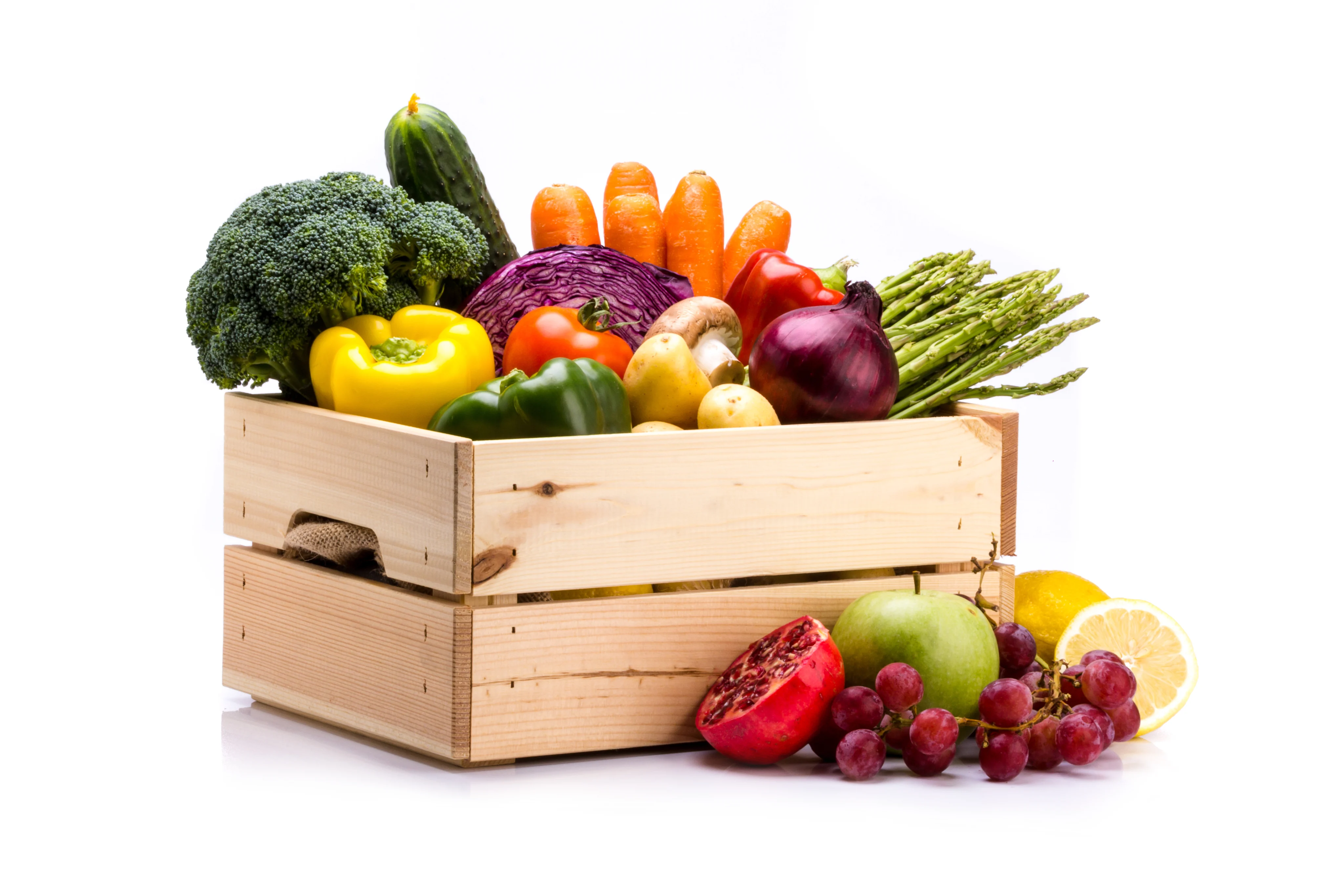The food pyramid has changed a lot over the years. According to Britannica, it first popped up in Sweden in the 1970s and was adapted by the U.S. Department of Agriculture (USDA) in 1992. The USDA then revised it in 2005, recommending more fruits, vegetables ,leafy greens, legumes, nuts and seeds than traditional carbs and less-valuable fare.
These changes also reflect adjustments in dietary demand, as meats aren’t as heavy of a focus for more people these days. While meats are the primary focus when it comes to safe food handling practices, it's important to handle fruits and vegetables properly as well. Here are some ways to ensure the produce you serve is safe.
Washing and Cleaning Produce
You might not wash meat, but you definitely need to clean fruits and vegetables properly. There may be dirt, bacteria and/or pesticide residue on produce, making it crucial to clean the surfaces of those fruits. Use cool running water and gently scrub them with a brush to ensure they are properly washed (especially for firm produce). Leafy greens are no exception, as they may trap or hide dirt easily—use a salad spinner to remove excess moisture.
Separation of Raw and Cooked Produce
Many outside the foodservice industry don’t understand why cooked and raw produce must be separated, but it’s important to avoid cross-contamination. Raw fruits and vegetables accumulate problematic surface issues like dirt and pesticides, making it important to ensure they don’t contaminate ingredients that have already been cleaned and cooked. The separation reduces the risk of pathogens from raw produce contaminating items that will be consumed without further cooking.
Trimming and Peeling
Some vegetables and fruits are eaten with their skin intact, but others may benefit from trimming or peeling—not just for sanitary reasons, but to remove cosmetic issues like blemishes or bruises. A clean knife is ideal for removing damaged areas, while peeling is great for produce with thick or tough skins (e.g., melons, potatoes, etc.). As a rule of thumb, trim or peel as necessary to remove any potential contaminants.
Temperature Control
Both cooking and storage aren’t meat-only food safety issues, either. Veggies and fruits must be cooked at a proper temperature and stored in the right environment—both before and after cooking. Keep perishable items like produce refrigerated at temperatures below 40°F to slow down bacterial growth and extend shelf life. Transport produce in insulated containers or ice packs to keep them chilled, and, if they are already cooked, store in a warm or hot area for a short time until they are served.
These are just a few best practices for handling fruits and vegetables properly. To learn concepts like this and more, sign up for a food handler course with American Course Academy.

